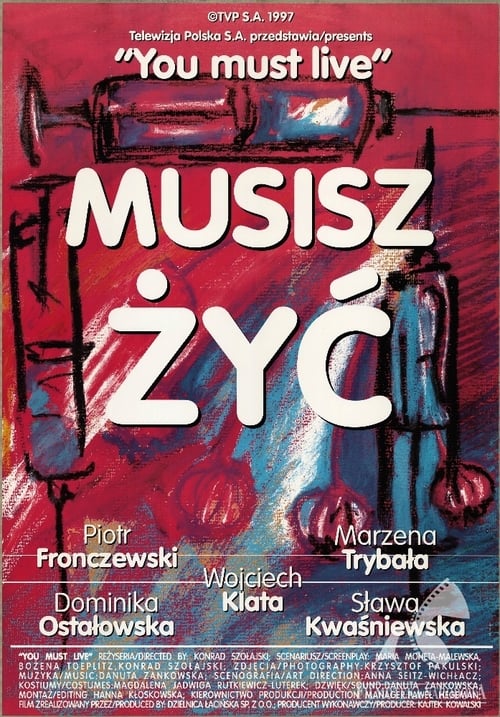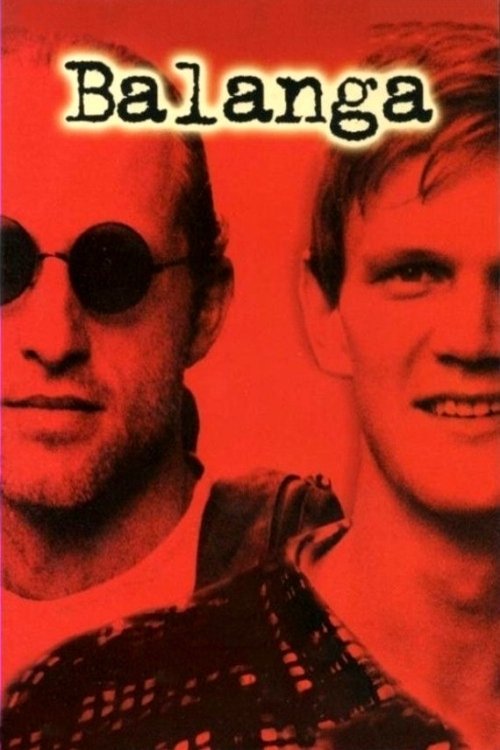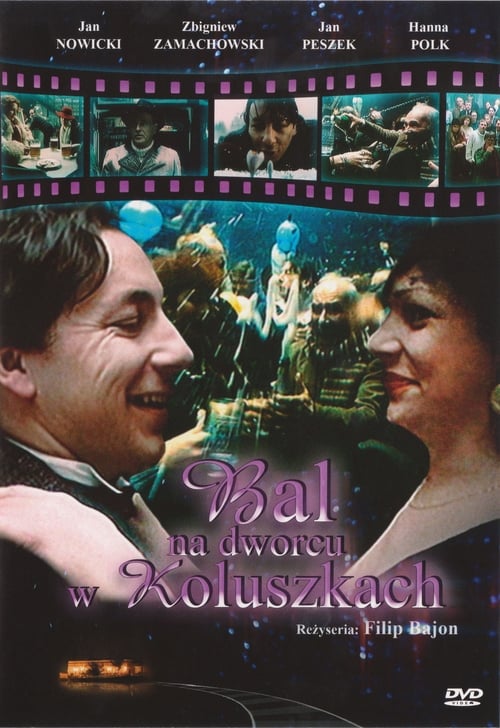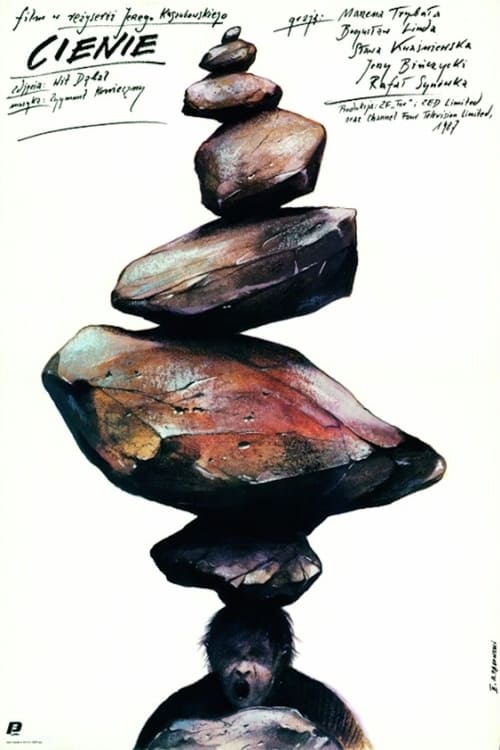Explore all movies appearances

An unnamed village in the Podlasie region. The inhabitants lease out land which does not technically belong to them, but so far the operation has proceeded without problems. They keep to themselves, in seclusion, without interaction with the outside world. Then, suddenly, a nameless Stranger arrives. Given the situation of the village, none of the inhabitants know how to act, worried that the Strangers intentions might not be as harmless as promised. Krzysztof, the self-appointed Mayor and protector of the village, takes it upon himself to show the Stranger around, carefully avoiding the locals resistance. Together with a local driver, and his neighbour, a man who left the city for the country side, they silently circle the village, full of anxiety, not knowing the Strangers reason for being here...

A TV crew is to make a film about a happy family. The choice falls on the family of Adam Hyńczak, a well-to-do banker with a reputation for decency. However, in the course of filming, it comes to light that under the appearance of family idyll there are serious problems and pathologies. Both Adam and his wife, Magda, are completely preoccupied with their own affairs. They do not notice at all that something bad is happening with their adolescent son. Some time ago, having found himself at a bend in life, he turned to drugs.

In a Polish-Jewish village, pious student Chanan, captivated by Kabbalah, falls in love with Leah, the rabbi’s daughter, but is forbidden to wed her and dies invoking the Ineffable Name - returning as a dybbuk (possessing spirit) at her wedding. Only after a mystical “trial” reveals a centuries-old vow binding their souls does the revered Rabbi Azriel exorcise the dybbuk, freeing both Leah and the restless spirit.

The film depicts the momentous and tragic history of the Poznan uprising of 1956. The memory of the director, who was a nine-year-old boy at the time, is the only canvass of the script. The main characters of the black-and-white film are two boys aged ten and twelve. From their perspective, the viewer follows the development of events. From the depths of the gates, through the rails of fences and cluttered backyards, through the eyes of the children we watch the street riots. The film, without action in the literal sense of the word, was made using a reportage technique that perfectly captures the spontaneity of the Poznan uprising. Among other things, the author of the picture depicts the adventures of a young worker Zenek, who becomes the unwitting leader of the protest, and five professors, who by chance find themselves in the very center of events.

One night, a teacher is murdered. A police investigation soon leads to the deceased's true nature and two unlikely suspects.

The main character of the film has just received her dream apartment in an old tenement house. However, it is not allowed to enjoy it for too long. When he returns home with the child, it turns out that the tenement house has disappeared. The woman's goal is to find her own home.

When a renowned Berlin architect pays a visit to his birthplace, a Polish village which was part of Germany before World War II, he's suddenly compelled to discover the truth about his past.

During the "winter of the century," impatient passengers wait for the train to arrive at the station in Koluszki. Railway communications are disrupted. At the same time, a train is stuck in snowdrifts near Koluszki. The atmosphere in its carriages is cheerful. Some passengers, who are in a hurry to connect to other stations, get off and walk to the station in Koluszki. Among them is Andrzej Roszak, a young man rushing to Warsaw, and probably his peer Basia. Shortly after them, Mr. Walerek, a political activist who was on his way to a ball at the Central Committee, Mr. Rozbicki and his wife, who had just returned from a contract in Iraq, Matyjak, a television star, journalist Przoniak, and others arrive at the station in Koluszki. At the deserted station, the passengers efficiently organize a New Year's Eve party. During the revelry, the participants gradually reveal their hidden complexes, frustrations, and hopes.

During the Second World War, tens of thousands of blonde, blue-eyed Polish children were snatched from their parents and given to German families. Lebensborn was part of Hitler's plan to expand the Aryan master race within the Third Reich. Eight-year old Jerzy returns home at the end of the war to a joyful reunion with his long-lost mother and grandfather. But problems arise as he is taunted by his peers and, longing for his missing father, burns with resentment for his new communist stepfather.

A clerk looks after a flower that reminds him of his former sweetheart. A man's affection for a plant makes his mother jealous.
Subscribe for exclusive insights on movies, TV shows, and games! Get top picks, fascinating facts, in-depth analysis, and more delivered straight to your inbox.